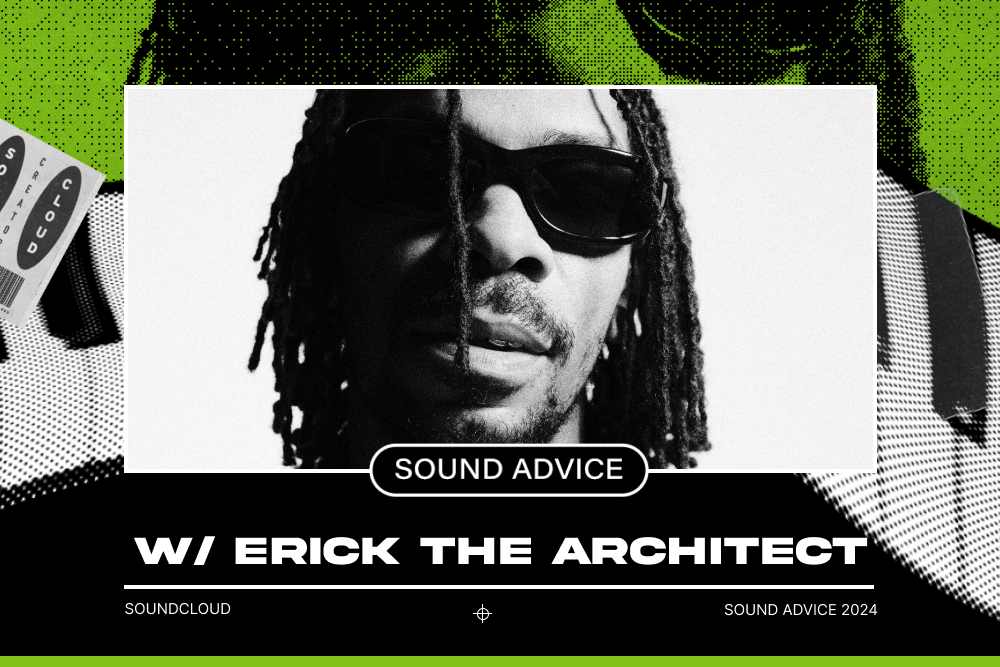Join Flight Facilities on Sound Advice, the weekly interview series covering artists’ journeys and their creative process. In this episode, we discuss the art of remixes, their disco-house productions, the resurgence of bloghouse, new music for 2025 and more.
Welcome to Sound Advice, the series spotlighting artists’ creative process and their SoundCloud journey. We’ll get the inside knowledge straight from the source on how musicians, producers and creatives are leaning into everything SoundCloud offers to elevate their sound, get heard and catapult their careers. Sound Advice is now available in audio format on the SoundCloud Stories profile.
In this episode of Sound Advice we’re catching up with Hugo Gruzman, aka one-half of the dance music duo Flight Facilities alongside Jimmy Lyell. Fifteen years ago, the Australian pair burst onto the scene with a luscious slice of bedroom disco pop called “Crave You,” and these days, they’re hardly ever home. Most of the year, they’re on the road; headlining dance stages at Glastonbury and Coachella, and rocking clubs from Ibiza to Bali.
Flight Facilities are named after Hugo’s grandfather's flight charter business, and the name has become somewhat of a self-fulfilling prophecy for these busy touring DJs. They’ve become known for their infectious disco house productions, epic mixes and cult favorite mash-ups and edits of everyone from Jamiroquai and Cassius to Beethoven.
We talk to Hugo about the duo’s beginnings, partying with Bang Gang in the Aussie bloghouse scene, and how those crazy times have influenced their productions, DJ sets and overall spirit. We also talk about curation, music discovery and fan interaction on SoundCloud, as well as the duo’s approach to remixing and the challenge of creating timeless music. Plus, Hugo shares some approaches to arrangement that’ll help you finish your tracks.
LISTEN TO THE AUDIO EPISODE OF SOUND ADVICE FEATURING HUGO GRUZMAN OF FLIGHT FACILITIES
LISTEN TO "DANCING ON MY OWN" BY FLIGHT FACILITIES
Things We Talked About In This Episode of Sound Advice
Flight Facilities Details Coming Up in The Australian Club Scene, Partying With Gang Bang And Reflecting on The Era of Indie Sleaze Meets Electroclash
- Speaking to Hugo, he’s just come back from a series of US shows, in Arizona, California and Texas, and is now back on home soil in his native Australia. We begin the conversation by hearing about these recent shows, and how Flight Facilities tackle planning their sets according to where they’re playing in the states. “The US is like 50 different countries,” Hugo says, half-joking.
- With such a wide variety of tastes, audiences and cultures across the country, Flight Facilities prepare their sets accordingly; from major commercial parties in Las Vegas to more rough and ready raves in cities like Denver and Phoenix, Flight Facilities impart some sage advice: sprinkle your personality into it, but play honestly for the crowd in front of you.
- Hugo takes us back to their early days in Australia, when he and Jimmy were immersed in Sydney’s dance music scene, led by the label and party series Bang Gang. Hugo explains how he draws a lot of inspiration from the 2000s bloghouse scene, where the indie sleaze sound crossed over with electroclash; tandem scenes which supported each other, largely through the tidal wave of dance remixes, edits and mash-ups of indie bands that drew rock fans into dance music, and vice versa.
- As Hugo tells it, this period introduced him to bands like Yeah Yeah Yeahs, The Rapture and Bloc Party, as well as Australian bands like Cut Copy and The Presets. The era’s experimentation and cross-genre appreciation was the original inspiration for Flight Facilities; where “sales don’t matter, just getting your songs out,” and DJs would play a wide variety of sounds — from ‘80s pop and ‘90s hip-hop, to indie sleaze and electroclash — while keeping their sets coherent and clever.
Using SoundCloud to Grow and Engage Your Audience, Plus Advice on How to Approach a Remix Opportunity And Collaborate With Others
- When Flight Facilities were starting out as producers and DJs, they would upload their edits and mixtapes to SoundCloud. This was the “wild west” of their music-making and experimentation, Hugo says, and SoundCloud quickly became the ideal platform for it. In particular, Hugo appreciates the accessibility and immediacy of use on SoundCloud, which they found powered them in their journey.
- Being able to find hot new tracks before record label A&Rs removed a major element of gatekeeping around the music discovery process, and allowed them to see how artists could have direct, fruitful relationships with their online audience. Rather than trying to produce music that would anticipate trends, Flight Facilities felt empowered by their SoundCloud interactions to create music that felt original and exciting to them first, and the fandom quickly followed.
- A core way that Flight Facilities grew their fanbase on SoundCloud was through their remixes. Here, Hugo talks through some of the most rewarding and challenging remixes they’ve done to date — including their remix of The Lowbrows’s “Dream In The Desert” — and how they like to blend pop songwriting structures and samples of live instrumentation with electronic beats to create tracks that are timeless and memorable. He also runs through the labels that inspire their attitude to remixes, from the French talents of Institubes, Kitsuné and Ed Banger, to Australia’s own Modular.
- On the subject of remixes, Hugo imparts advice to fellow DJs and producers who want to make their own: try your best to approach any remix with a specific idea of what you can do to make the track your own, better version of the original, rather than just “trying to make it different.” For them, having that attitude right from the off makes all the difference to the final version.
- Going deeper, Hugo talks about how Flight Facilities were inspired to make remixes after realizing that their sets needed a bridge between their own, limited material and all of the tracks by other artists that they loved and played as DJs. By making remixes of their favorite club tracks, and weaving them into their DJ sets, they developed a keen ear for what makes a great remix and their skills as producers of original music.
Flight Facilities on Creating the Decades Mix Series, And The Creative Impact Curating Those Mixes Had on Their DJing and Production
- Starting in 2020, on the Australian radio station triple j, Flight Facilities recorded a series called the Decades mixes. Each mix explores one decade of music: beginning with 1962-1972, leading up to 2012-2022. The series brought major international exposure for Flight Facilities, as their skills as curators and DJs were on full display; with each mix carefully researched and brought together.
- Reflecting on the series, Hugo says that he was inspired to create it with Jimmy after hearing a mixtape on late night radio. By narrating John F. Kennedy’s life with a soundscape of ambient, almost Balearic beats, the mixtape showed him how a DJ could blend storytelling with an evocative selection of music.
- Encouraged by his Bang Gang affiliates to set himself apart from the trend-focused, quick-fix DJing of much of the dance music scene at the time, Hugo set out to research and curate the first Decades mix — and it all took off from there. Here, Hugo, details how these mixes came together, and what advice he would give to other artists who are curious about exploring this style of mixtape.
- In the immediate, the Decades mixes massively grew Flight Facilities’ audience on SoundCloud. On the platform, Hugo found it especially useful as an artist to see the time-stamped comments from listeners on each of the mixes; watching people pick apart the samples, references and finer details of the blends was an illuminating experience, and allowed him to interact with their fanbase in an authentic, direct way.
Flight Facilities on Their Plans For 2025, Including New Music, Returning to Their Roots for Creative Inspiration and Insights on The Art of Arrangement
- In 2025, Flight Facilities are focusing on new music. Their latest single, “Dancing On My Own,” is out now, and features the Chicago-based dance duo DRAMA. Hugo dives into the making of the track: explaining how a group of friends banded together to record a live, disco version of the demo, which in turn was sampled by Flight Facilities for the final version of the track. For Hugo, these extra levels of detail and effort make all the difference to the final release.
- For their forthcoming material, Hugo explains how they're going back to their early loves for inspiration — the 2000s bloghouse sound, French Touch and disco-house. Leaning into artists ‘Discovery’ era Daft Punk, DJ Falcon and Mylo, Hugo talks about how he aims to make Flight Facilities music as timeless as possible; that dance tracks don’t need to be based around short-term hype, and can instead be legacy listening.
- One element that Flight Facilities focus on to make their music feel timeless to them is through the subtle art of song arrangement. Here, Hugo breaks down the arrangement tricks and structures that they like to use to make their songs sound their best, and how they arranged their tracks “Crave You” and “Foreign Language.” As he tells it, the arrangement process is “like a Rubix Cube every time;” a track is always a puzzle to be worked out, and once you have it, it all clicks into place.
Links and Extras
Follow Flight Facilities’s journey on SoundCloud.
You can check out Flight Facilities tour dates here.
Check out Flight Facilities merchandise here.
Explore some of Flight Facilities’s wide-ranging influences, including Daft Punk, Ed Banger Records, The Presets and Cut Copy, to name a few.
Listen to the French Touch playlist on SoundCloud Stories.
Never miss an episode and follow the official Sound Advice playlist on SoundCloud.
Getting The Most Out of SoundCloud
- Learn more about using DMs to connect with fellow artists and potential collaborators.
- Learn more about how to make a custom playlist on SoundCloud.
- Learn more about unlimited uploads, available with an Artist Pro subscription.
- Learn more unlocking access to unlimited distribution, available with Artist Pro.
- Learn more about getting heard with SoundCloud’s updated algorithm, available to Artist and Artist Pro subscribers.
To discover additional features a SoundCloud Artist or Artist Pro subscription offers, visit here. To catch up on past installments of Sound Advice and make sure you don’t miss out on future episodes, visit here.
CREDITS: Host: Vivian Host, Executive Producer: Mike Spinella, Producer: KC Orcutt, Audio Engineer: David “DibS” Shackney, Coordinator: Trevor McGee, Editorial Associate: Lauren Martin











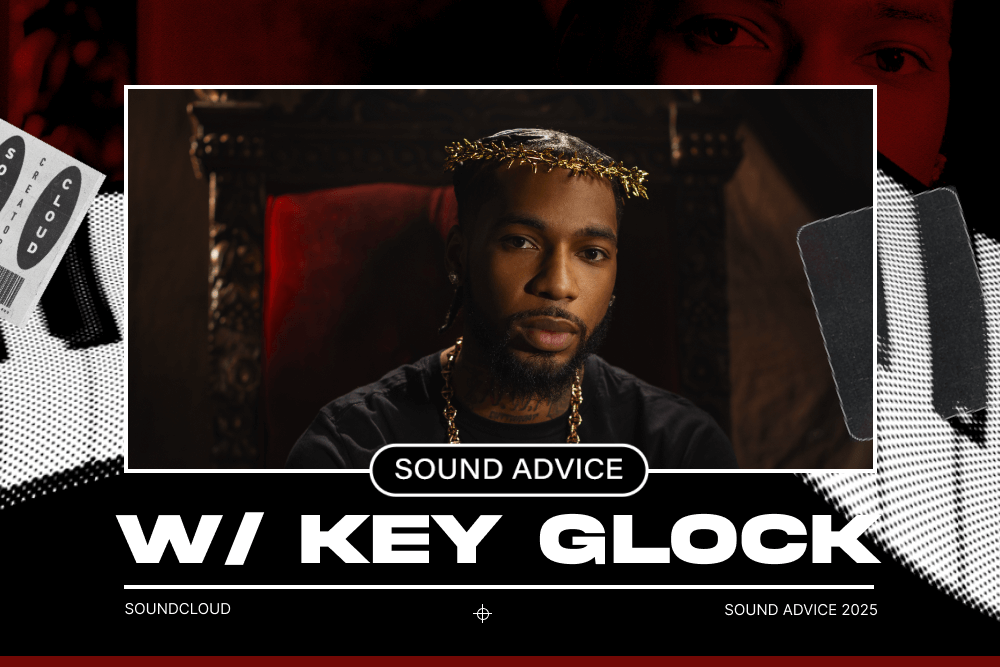
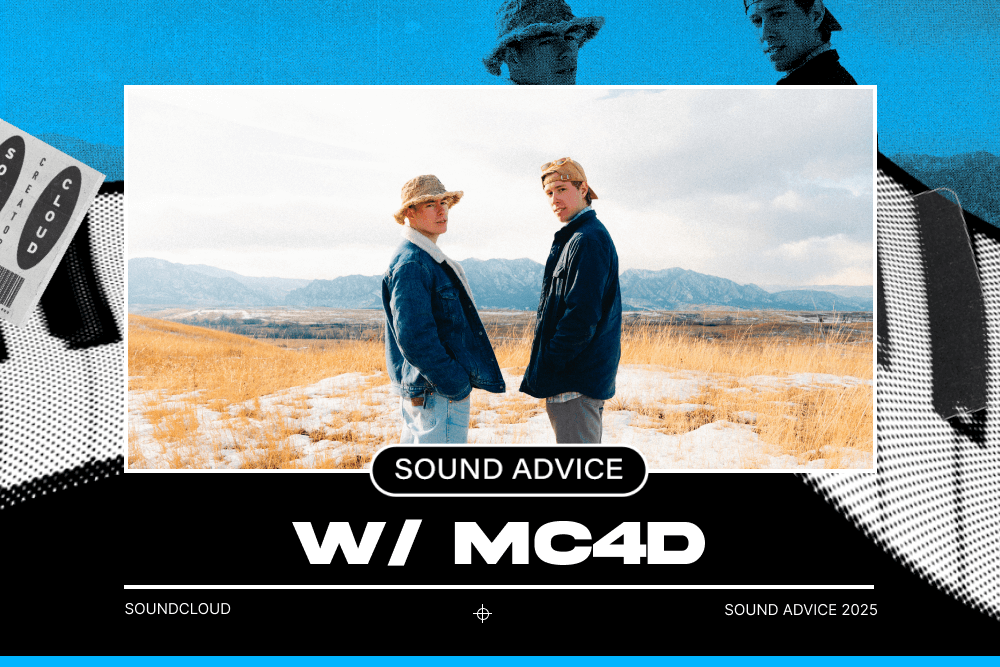


.png)





.png)
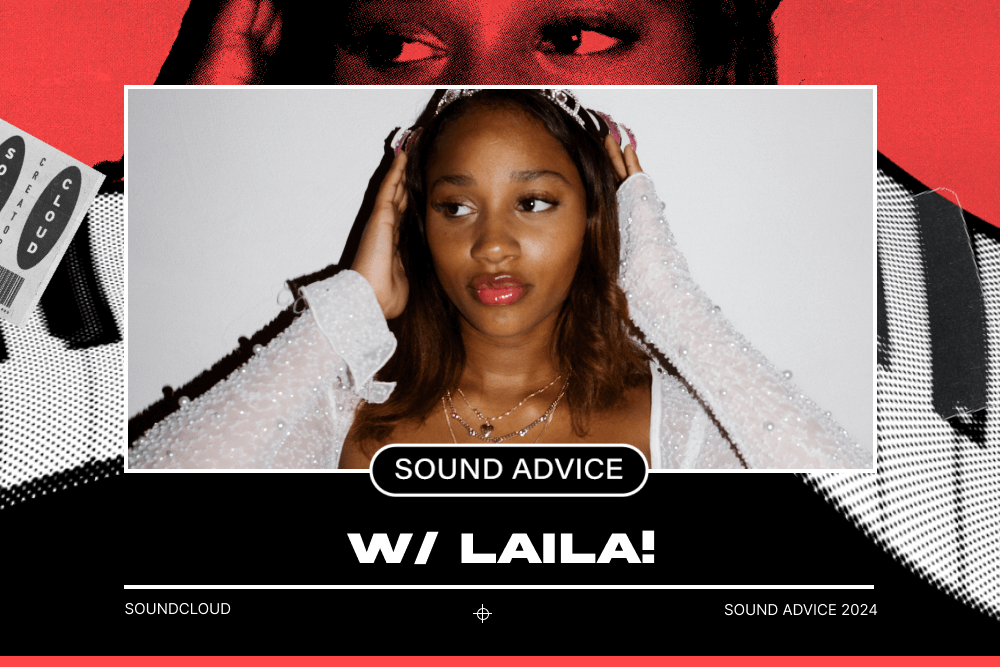

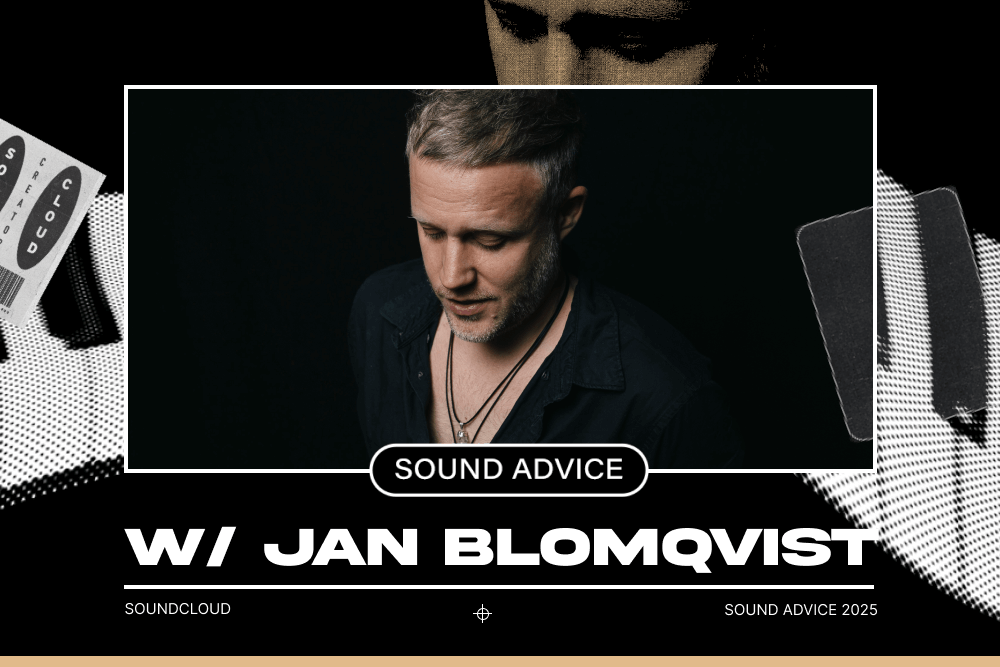
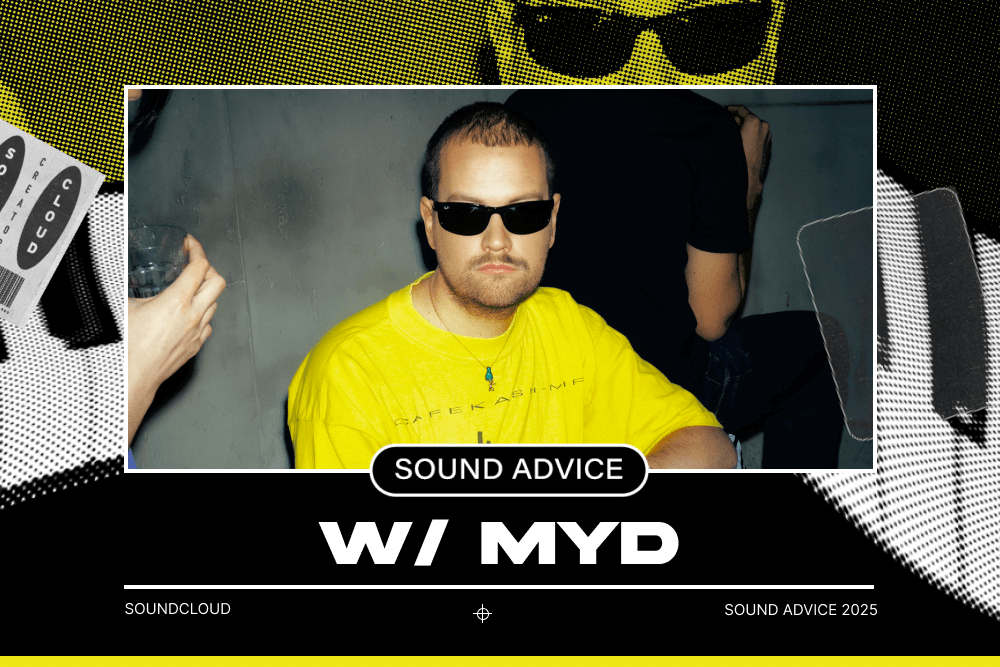

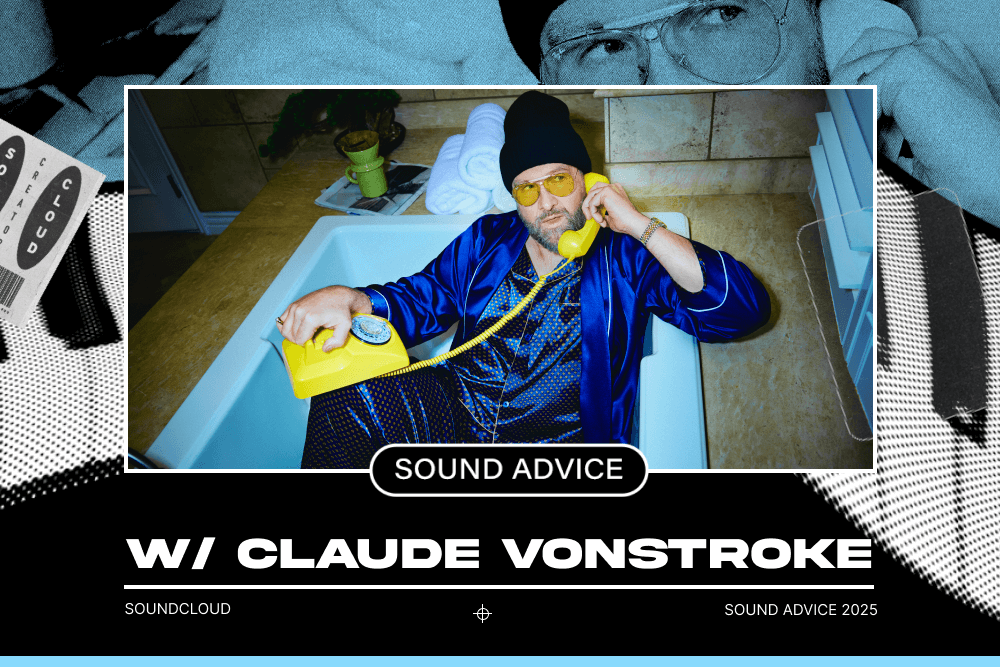






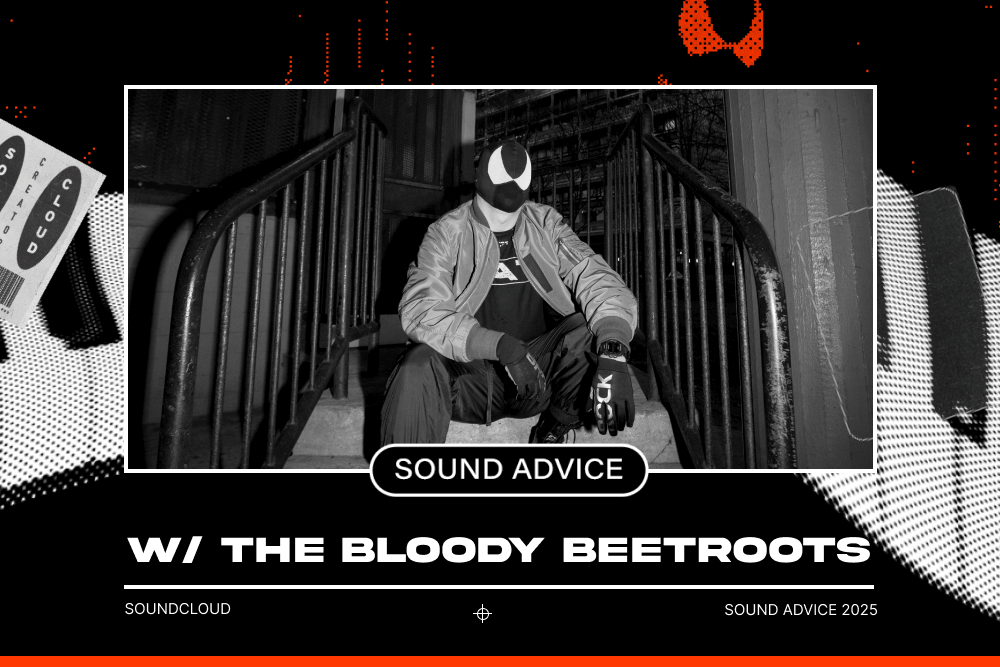
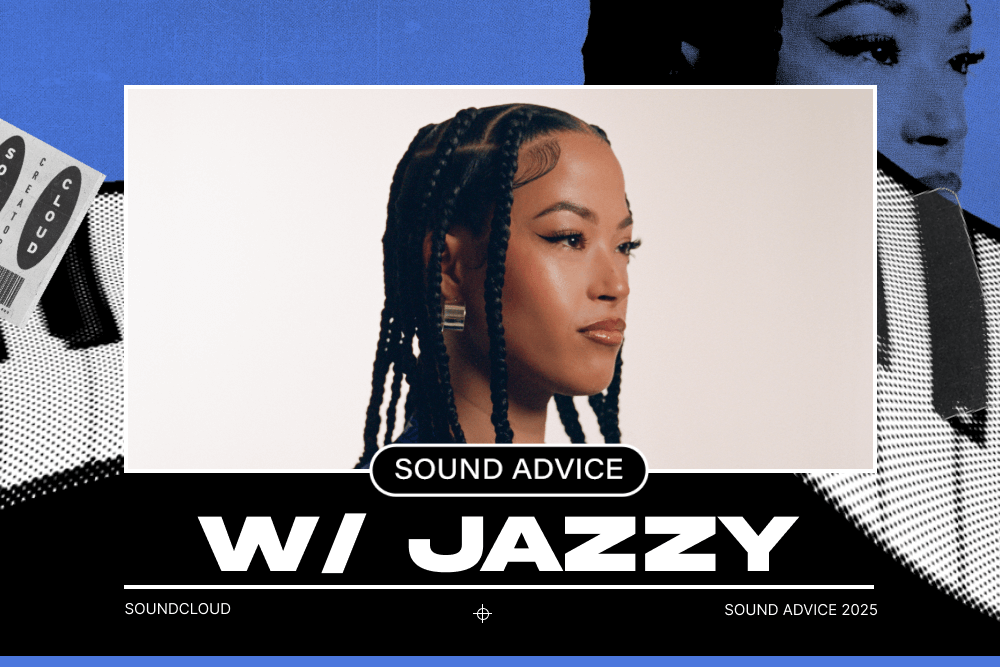
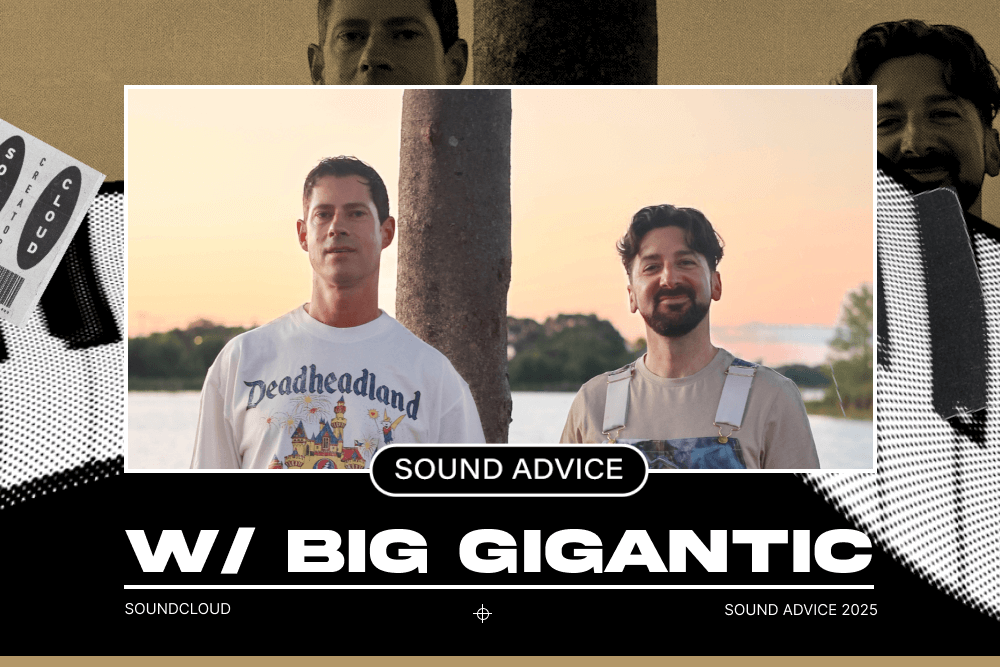




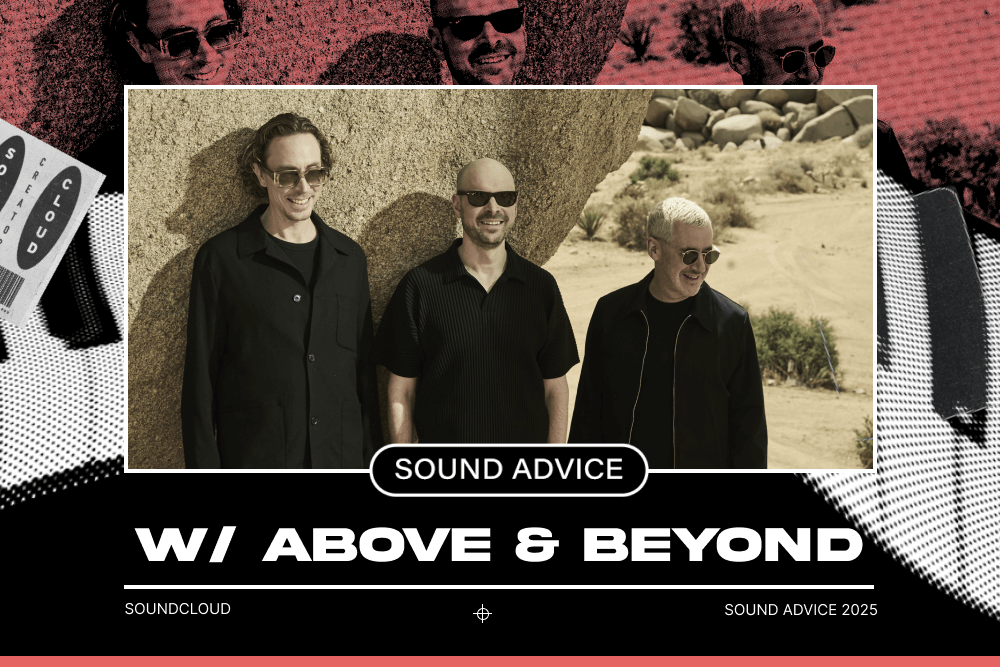

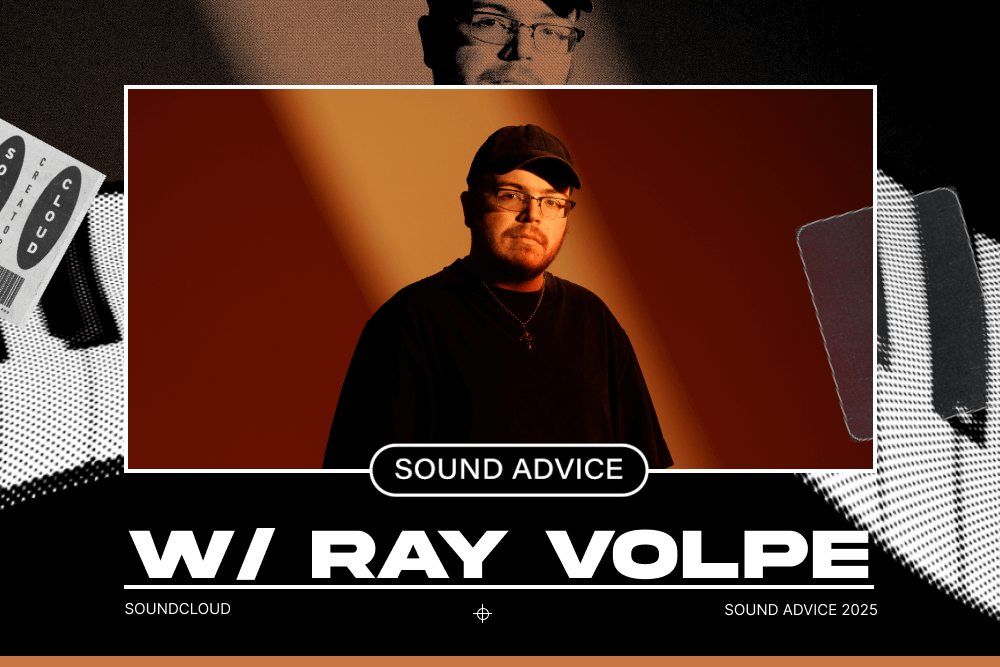

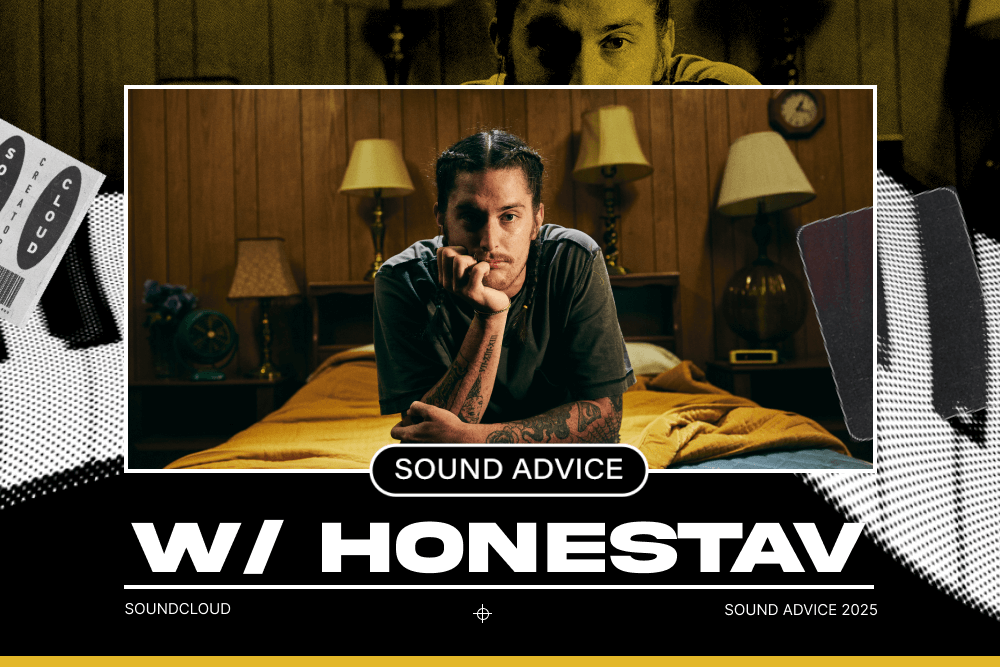

.png)
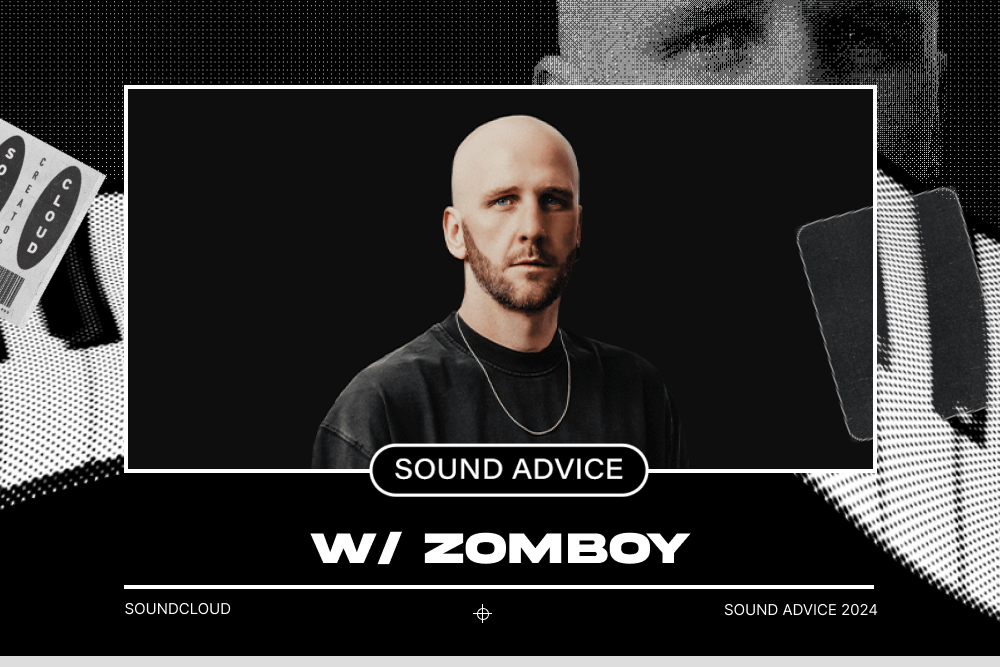

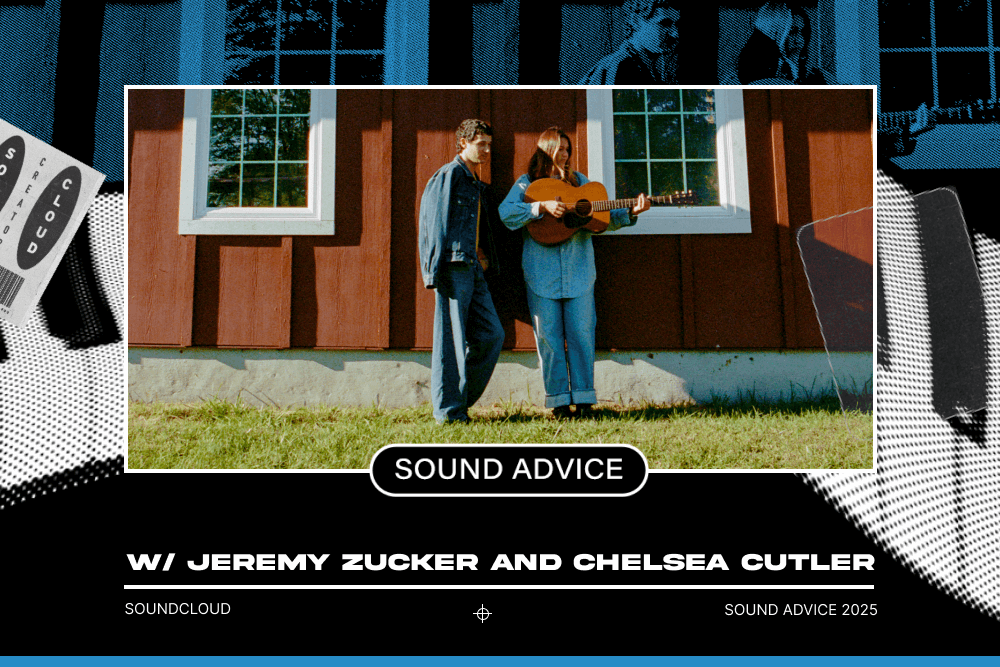








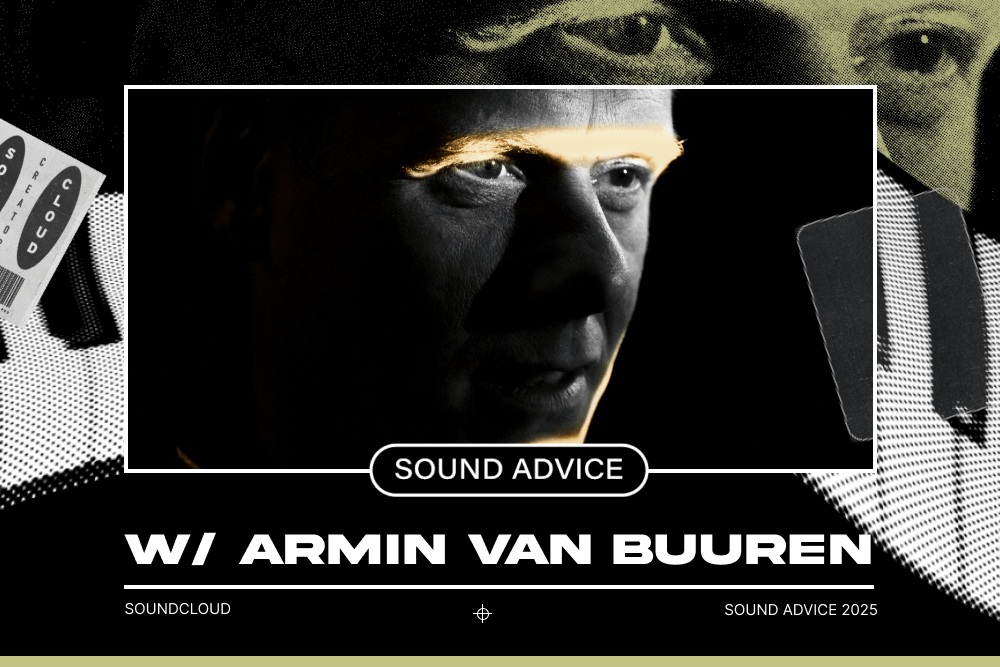

.png)



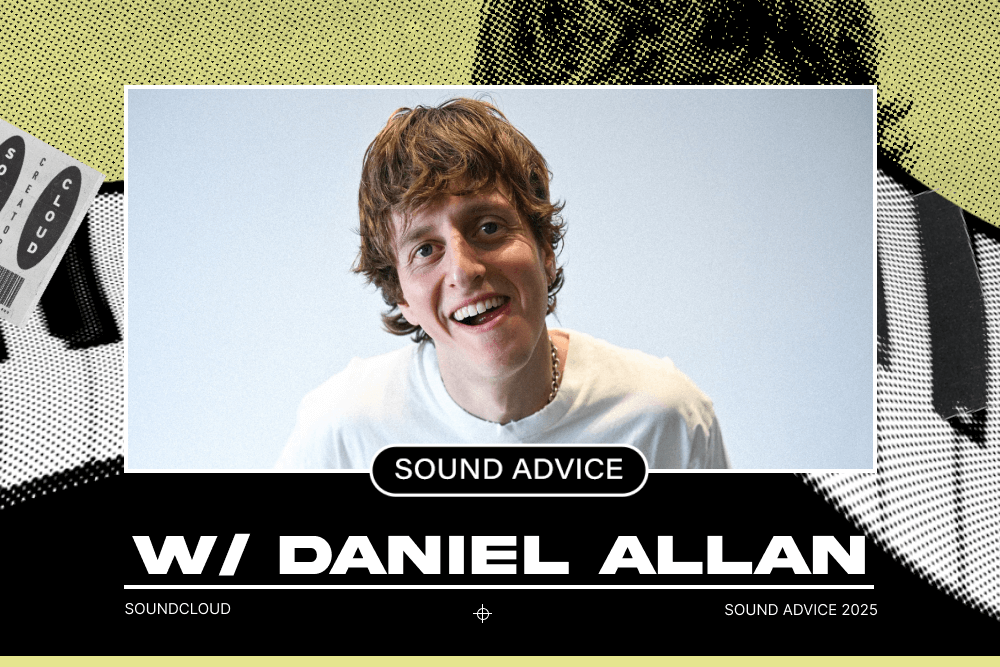






.png)




